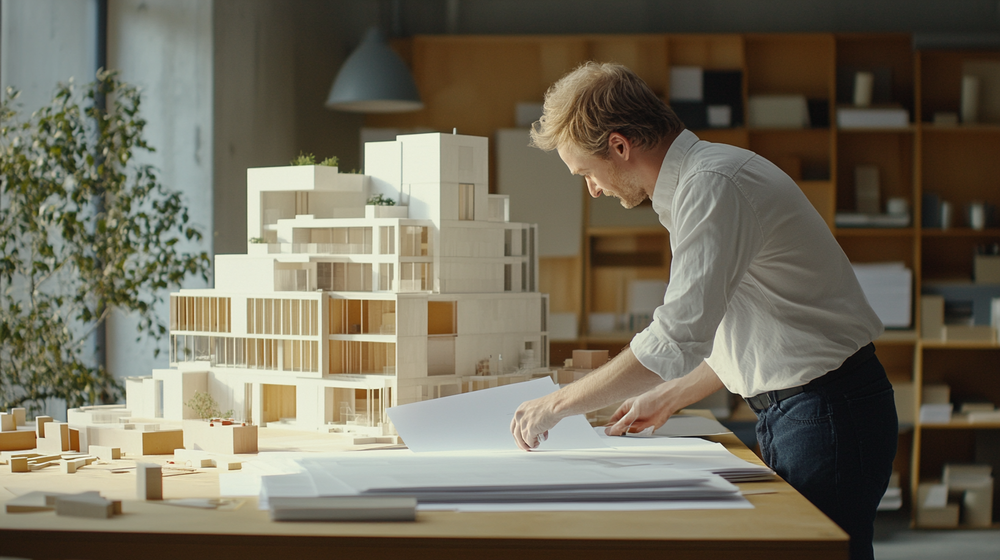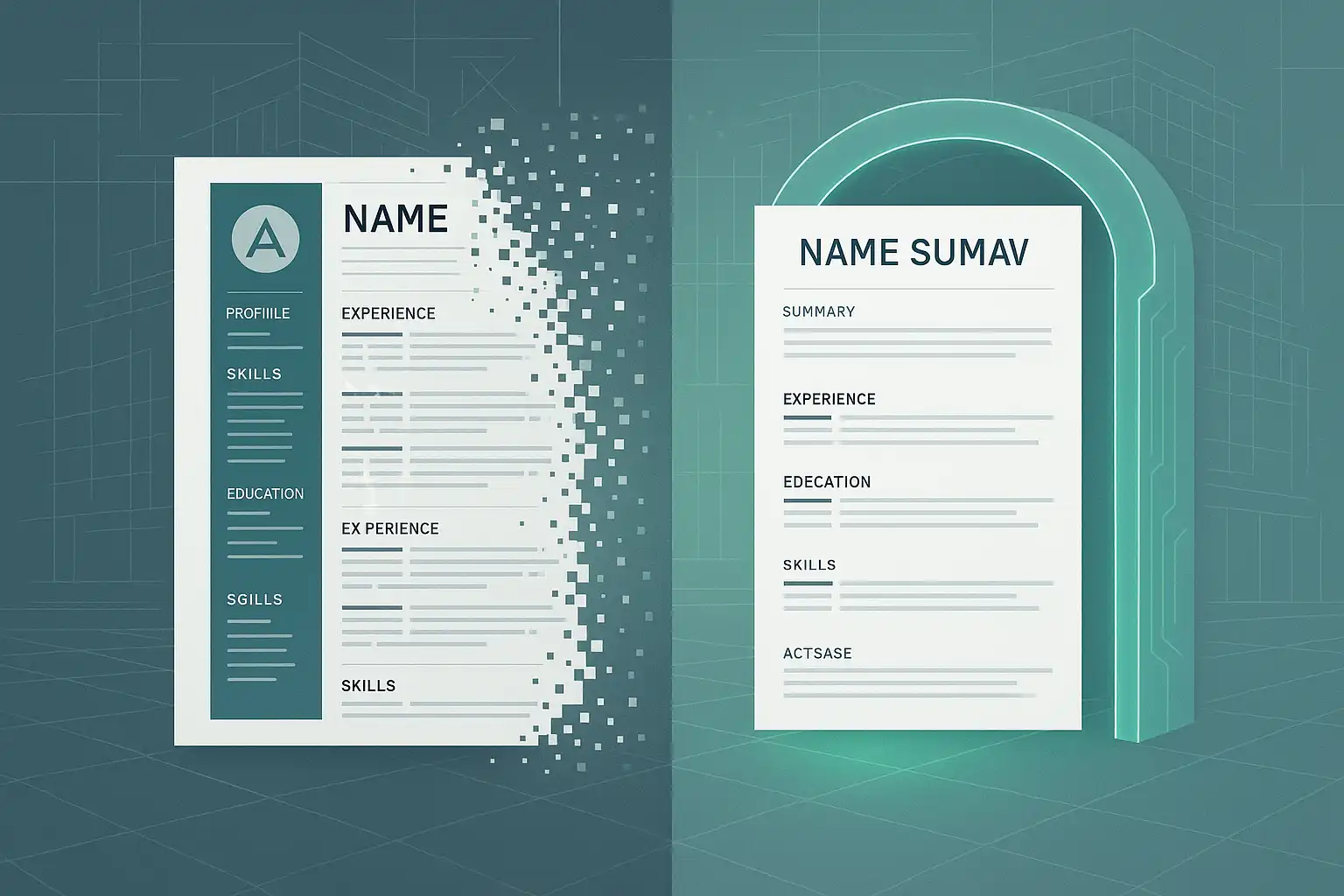- Home
- Articles
- Architectural Portfolio
- Architectral Presentation
- Inspirational Stories
- Architecture News
- Visualization
- BIM Industry
- Facade Design
- Parametric Design
- Career
- Landscape Architecture
- Construction
- Artificial Intelligence
- Sketching
- Design Softwares
- Diagrams
- Writing
- Architectural Tips
- Sustainability
- Courses
- Concept
- Technology
- History & Heritage
- Future of Architecture
- Guides & How-To
- Art & Culture
- Projects
- Interior Design
- Competitions
- Jobs
- Store
- Tools
- More
- Home
- Articles
- Architectural Portfolio
- Architectral Presentation
- Inspirational Stories
- Architecture News
- Visualization
- BIM Industry
- Facade Design
- Parametric Design
- Career
- Landscape Architecture
- Construction
- Artificial Intelligence
- Sketching
- Design Softwares
- Diagrams
- Writing
- Architectural Tips
- Sustainability
- Courses
- Concept
- Technology
- History & Heritage
- Future of Architecture
- Guides & How-To
- Art & Culture
- Projects
- Interior Design
- Competitions
- Jobs
- Store
- Tools
- More
Top Architectural Resume Templates to Showcase Your Skills and Land Your Dream Job
Discover the ultimate guide to crafting standout architect resumes with precision and creativity. Explore modern templates, essential components, and expert tips to showcase your skills, achievements, and design aesthetic. Learn how to tailor resumes, optimize for ATS, and pair them with compelling cover letters to impress employers and secure top architect positions.

Crafting a standout resume can feel like designing a blueprint for success—it needs precision, creativity, and structure. As architects, our resumes should reflect the same innovation and attention to detail we bring to our projects. But let’s face it, not all of us have the time or tools to build a visually compelling resume from scratch.
That’s where architectural resume templates come in. These ready-made designs not only save us time but also ensure our resumes look polished and professional. With tailored layouts that highlight key skills, experience, and achievements, the right template can help us make a lasting impression in a competitive field.
Whether you’re a seasoned architect or just starting your career, choosing the perfect template is a game-changer. It’s about showcasing our expertise and creativity in a way that captures attention and opens doors to exciting opportunities.
Table of Contents
ToggleThe Importance of a Modern Architect Resume
A modern architect resume serves as a first impression for potential employers, showcasing both technical skills and creative abilities. It acts as a professional portfolio summary, highlighting achievements, education, and expertise in a concise format.
A clean, contemporary design demonstrates attention to detail and aesthetic sensibility, aligning with the core values of architectural roles. Resumes with excessive complexity or outdated formatting can dilute focus and hinder readability. Using modern elements like minimalist layouts, clear typography, and well-organized sections can enhance visual appeal.
Recruiters frequently scan resumes quickly, often in less than 7 seconds. A modern format ensures key details, such as certifications, project experience, and software proficiency (e.g., AutoCAD, Revit, SketchUp), are easily accessible. A well-structured resume also establishes professionalism and credibility, which are vital in a competitive job market.
Modern resumes adapt to changing hiring trends, incorporating keywords tailored to applicant tracking systems (ATS). Without ATS optimization, resumes risk being excluded from consideration. Including relevant industry terms and formatting, such as bullet points and professional headings, improves visibility and ranking within these systems.
Effectively, a modern architect resume combines design aesthetics with strategic content placement to communicate qualifications swiftly and effectively.

Key Components of an Architect Resume (Checklist)
An effective architect resume includes specific sections that highlight qualifications and experience in a structured, visually appealing format. Here’s a checklist of key components:
- Contact Information
Include full name, professional email, phone number, and LinkedIn profile. Add an online portfolio link if applicable. Ensure the formatting is clean and accessible.
- Professional Summary
Start with 2-3 sentences summarizing your key skills, experience, and career goals. Focus on architectural expertise, such as design proficiency or project management.
- Core Skills
List specific technical and soft skills. Examples: AutoCAD proficiency, 3D rendering, sustainability design, teamwork, and client communication.
- Work Experience
Detail roles in reverse chronological order. Highlight project contributions, leadership roles, or problem-solving examples. Quantify results when possible (e.g., “Managed $5M residential project under budget”).
- Education
Provide degree(s) and institution(s) with graduation dates. Mention relevant coursework or honors for early-career professionals.
- Certifications and Licenses
List industry-recognized credentials, such as LEED certification, AIA membership, or state-specific licensure.
- Software Proficiency
Specify architectural software knowledge, including Revit, SketchUp, and Rhino. Tailor the list to the job description.
- Achievements and Awards
Include recognitions like design awards, scholarships, or competitions. Examples provide credibility (e.g., “2021 AIA Design Award for Innovation”).
- Professional Affiliations
Reference memberships in organizations like the American Institute of Architects (AIA) or local architecture societies.
- Optional Sections
Add relevant interests, volunteer activities, or languages if they contribute to the role. For instance, language skills are valuable for international projects.

Suggestions for Crafting an Impressive Resume
An impressive architectural resume combines clarity, relevance, and aesthetic appeal. Each section should highlight strengths while creating a polished, professional impression.
1. Begin with a Strong, Engaging Summary
An engaging summary introduces your professional identity effectively. In two to three concise sentences, include your architectural experience, primary expertise, and a unique skill or achievement. For example, mention expertise in green building certification or leadership in multi-million-dollar residential projects. Focus on showcasing strengths, not generic traits or vague enthusiasm.
2. Customize Your Resume for Each Position
Tailoring your resume improves relevance to the role you’re pursuing. Identify key skills, tools, and terminology in the job description. For instance, if a firm highlights BIM software knowledge or urban planning experience, incorporate those elements strategically. This approach enhances ATS compatibility and aligns with recruiters’ expectations.
3. Highlight Achievements Over Duties
Achievements communicate value more effectively than listing responsibilities. Use specific metrics where possible, such as “reduced project delivery timelines by 20%” or “led a $10M redevelopment project within budget.” Even early-career professionals can describe contributions, like proposing innovative design concepts during internships.
4. Blend Technical Abilities with Soft Skills
Architectural roles demand a mix of technical precision and interpersonal effectiveness. Highlight proficiency in tools like Revit, AutoCAD, and SketchUp, alongside collaboration, problem-solving, and leadership capabilities. Consider emphasizing your success in managing multi-disciplinary teams or presenting concepts to clients.
5. Maintain a Clean and Organized Layout
A professional layout ensures both readability and professionalism. Use a simple font, descriptive headings, and ample white space for clarity. Limit your resume to one or two pages. Saving it as a PDF maintains formatting consistency across different devices and software.
6. Include Your Portfolio and Ensure It Is Accessible
Integrating a portfolio link emphasizes your architectural skills visually. Add a direct hyperlink to a personal website, Behance, or an online drive folder under contact details. Ensure the portfolio works smoothly on mobile devices and includes diverse projects to illustrate versatility.
7. Employ Action-Oriented Terminology
Active language enhances your resume’s impact. Begin bullet points with verbs like “designed,” “orchestrated,” “optimized,” or “constructed.” This terminology highlights initiative and demonstrates your role in delivering results.
8. Incorporate Relevant Certifications
Certifications validate expertise within the industry. List licenses such as RA (Registered Architect), credentials like LEED AP for sustainable design, or NCARB certification. These qualifications reinforce your professional reliability and adherence to industry standards.

9. Highlight Significant Projects
Key projects provide a clear picture of your experience and capabilities. Describe roles in projects detailing scope, budgets, and outcomes, such as “designed a 20-acre masterplan for urban revitalization” or “managed execution of a $5M healthcare facility.” Include well-known or award-winning works when applicable.
10. Mention Any Awards or Recognitions
Awards establish credibility and distinguish you from other candidates. Add honors like “Winner of AIA Design Excellence Award” or “Finalist in International Architecture Competition.” Recognitions, whether local or international, show industry acknowledgment of your talent.
Overview Table of Resume Templates
The table below compares popular architectural resume templates based on key design and functionality features. Each template focuses on specific needs, helping architects showcase their expertise effectively.
| Template Name | Design Style | Best For | Key Features | ATS Friendly |
|---|---|---|---|---|
| Minimalist Design | Clean and simple | Entry-level architects | Prioritizes readability, includes core sections | Yes |
| Creative Portfolio | Visual and innovative | Experienced architects or designers | Integrates project showcases and aesthetic layouts | Partial |
| Professional Modern | Structured and elegant | Corporate or senior roles | Blocks for achievements, detailed work history | Yes |
| Compact ATS Layout | Keyword optimized | Job applications with ATS screening | Optimized for ATS, minimal graphics | Yes |
| Functional Hybrid | Skill-focused | Career changers or freelancers | Emphasizes skills and software proficiency | Yes |
This table organizes options to address various career levels and preferences, ensuring a tailored choice for effective presentation.
Resume Writing Tips for 2025
Start with a Results-Oriented Professional Summary
Focus on summarizing key achievements and expertise in the opening lines. For architects, this could include completed high-profile projects, technical proficiencies like AutoCAD, and unique strengths such as sustainable design. Showcase measurable outcomes, such as, “Managed a $2M commercial project, reducing completion time by 15%.”
Optimize for Applicant Tracking Systems
Include keywords relevant to the job description. For example, integrate terms like “LEED-certified,” “BIM modeling,” or “urban design” where applicable. Use simple fonts and avoid graphics that may disrupt ATS readability. Align section headings with standard ATS-recognized titles, such as “Experience” or “Education.”
Emphasize Achievements in Work Experience
Highlight accomplishments over responsibilities in work history. Quantify results, such as, “Increased client satisfaction ratings by 25% through innovative design solutions.” Prioritize roles that align with the job you’re targeting to maintain focus and relevance.
Showcase Technical and Creative Skills
Allocate a dedicated section for software proficiencies, such as SketchUp, Rhino, Revit, and Adobe Creative Suite. Balance this by mentioning creative abilities like conceptualization or adaptive reuse expertise, which demonstrate a well-rounded skill set.
Integrate Visual and Portfolio Links
Provide a clickable link to an online portfolio featuring design samples and projects. Keep the portfolio organized with categories like residential, commercial, and conceptual works for easy navigation by recruiters.
Update to Reflect Current Trends
Incorporate trending architectural terminology. For instance, mention “sustainable architecture,” “parametric design,” or “modular construction” if relevant. Tailor your resume to highlight areas in demand for 2025, such as green building certifications or experience with smart city planning.

Maintain a Clean, Modern Layout
Ensure formatting remains consistent and visually appealing. Use ample white space, professional fonts like Helvetica or Calibri, and a simple color palette of one or two tones. Avoid clutter by using bullet points, clear headings, and evenly spaced sections.
Include Certifications and Affiliations
List current credentials, such as AIA membership or a LEED certification. Include any professional affiliations that reflect industry engagement, as these highlight your commitment to continued growth.
Prioritize Relevant Education
Feature degrees, coursework, or honors that compliment your expertise. For instance, list a Master’s in Architecture or specialized studies in urban planning if they match the role’s requirements. Include dates only if they’re relatively recent or required.
Refine Content for Each Application
Tailor every resume submission to fit the position description. Highlight the most relevant projects, achievements, and skills for each role. Customization shows attention to detail and a focused approach, qualities essential in architecture.
The Resume Cover Letter
An effective cover letter complements the resume by emphasizing unique qualifications and personal motivation. For architects, it provides an opportunity to link technical expertise with creative vision tailored to the employer’s needs.
Example Excerpt from a Resume Cover Letter
Dear Hiring Manager,
I am writing to express my interest in the Architect position at [Company Name]. With over seven years of experience designing innovative commercial spaces and a strong background in sustainable architecture, I am confident that my skills align perfectly with your firm’s vision. My recent leadership of a LEED-certified office project strengthened my ability to balance aesthetics, functionality, and environmental responsibility. I am excited about the opportunity to contribute my creativity and technical expertise to your dynamic team.
Thank you for your time and consideration.
Sincerely,
John Doe
This example demonstrates conciseness, relevancy, and professional tone. The opening sentence establishes intent and enthusiasm, while subsequent details provide evidence of qualifications tied to company goals. By focusing on key achievements like leading a LEED-certified project, the applicant effectively aligns their expertise with industry-specific priorities such as sustainability. The closing reflects gratitude and a proactive interest in contributing to the organization.
Sample Architect Resume from a Job Competition Winner
Winning resumes stand out by blending creativity, professionalism, and relevance. A sample from a job competition winner demonstrates how to craft a compelling architect resume, giving clear guidance for candidates aiming to secure top positions.

Dear Hiring Manager,
As architects dedicated to sustainable urban design, we’re consistently inspired by opportunities to contribute to innovative projects. My experience leading multi-million-dollar public developments and commitment to eco-conscious practices position me as a strong match for [Company Name]. Over the past five years, I’ve managed multidisciplinary teams to achieve project goals while maintaining a focus on environmentally responsible solutions.
Joining your forward-thinking team would allow me to leverage my leadership and architectural expertise to create designs that align with your organization’s vision. Thank you for reviewing my application.
Sincerely,
Conclusion
A well-designed architectural resume is more than just a document—it’s a powerful tool that showcases your expertise, creativity, and value as a professional. Leveraging modern templates and tailoring your resume to each opportunity can make a lasting impression and set you apart in a competitive industry.
By combining thoughtful design with strategic content, we can create resumes that highlight our achievements, skills, and unique strengths. Whether you’re an experienced architect or just starting out, investing time in crafting a polished, ATS-friendly resume is a step toward building a successful career in architecture.
- architect CV examples
- architect resume design top architect resume templates
- architect resume templates
- architect resume tips architectural design resume
- architectural skills resume architecture job CV
- architecture job application architect portfolio resume
- architecture resume format creative architecture resume
- custom resume for architects
- modern architect resume
- resume builder for architects
- resume for architecture job
- resume for architecture professionals
illustrarch is your daily dose of architecture. Leading community designed for all lovers of illustration and #drawing.
Submit your architectural projects
Follow these steps for submission your project. Submission FormLatest Posts
How Architects Can Pick the Perfect AI Resume Builder—A Practical Buyer’s Guide
Nearly every major architecture firm now routes applications through an applicant tracking...
Brand Strategy for Architects and Designers
Today, architects and designers must build strong brands that reflect their vision...
Why Students Choose to Study Architecture: Unpacking Passion and Career Opportunities
Explore the compelling reasons students choose to study architecture in this insightful...
Architecture Salary: How Much Do Architects Earn in 2025?
Discover the diverse salary landscape in architecture! From entry-level roles to leadership...












Leave a comment